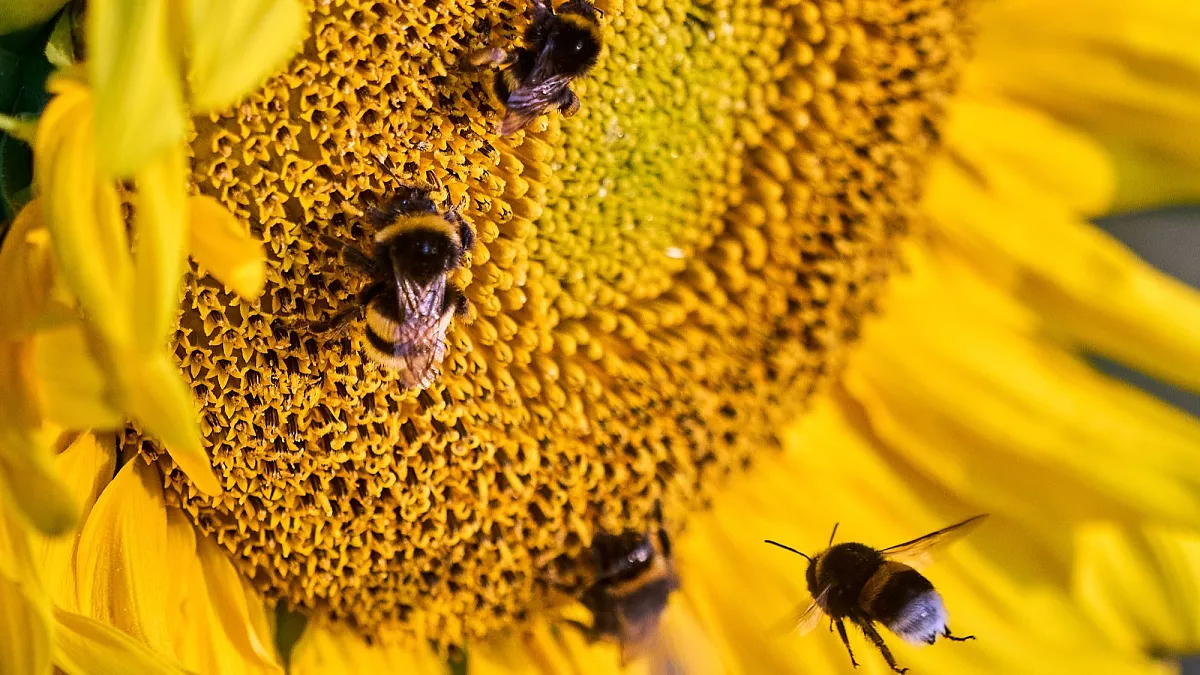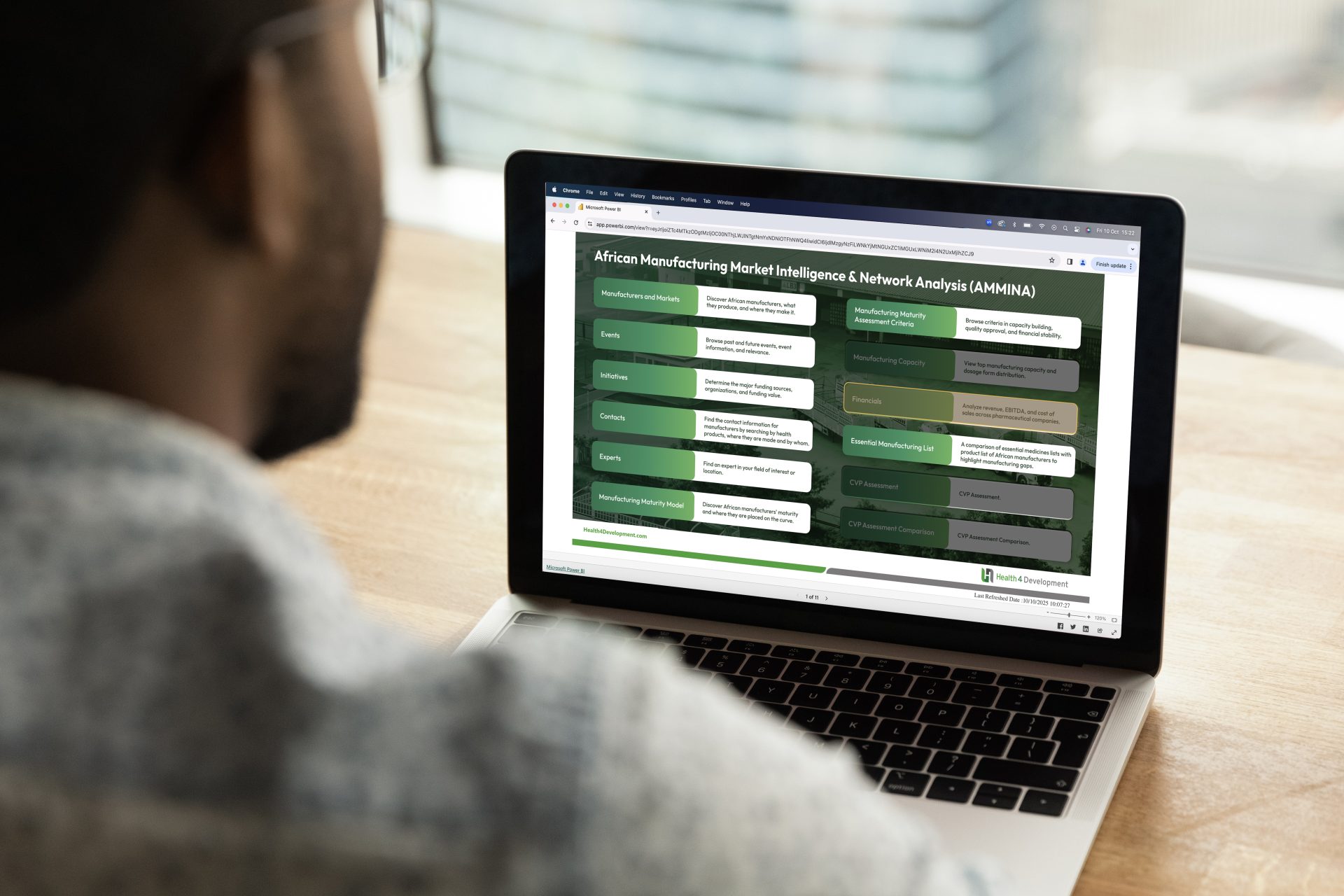Peering into deep space, NASA’s James Webb Space Telescope has helped astronomers find places to study gravitational lensing, an effect in which massive objects such as galaxies warp space-time itself, bending and distorting the light of even…
Author: admin
-
Access Denied
Access Denied
You don’t have permission to access “http://www.spglobal.com/market-intelligence/en/news-insights/articles/2025/10/value-of-private-equity-backed-rounds-down-month-over-month-in-september-93594674” on this server.
Reference #18.c46656b8.1760102710.2dc76f87
https://errors.edgesuite.net/18.c46656b8.1760102710.2dc76f87
Continue Reading
-

Tune In: Orlando Pride vs Portland Thorns on Amazon Prime
The Need to Know:
Date & Time: Friday, Oct. 10, 8 p.m. ET
Venue: Inter&Co Stadium, Orlando, Fla.
Competition: NWSL Regular SeasonWhere to Watch/Listen:
Broadcast: Prime Video (USA), ESPN SSA…Continue Reading
-

Cautious OPEC+ Strategy Offsets U.S. Output Boom
Light crude oil futures settled at $61.50 on Thursday, up $0.62 or 1.02% for the week so far, with one trading day remaining. The move capped a choppy week marked by cautious optimism surrounding OPEC+ supply restraint, geopolitical developments in the Middle East, and persistent oversupply concerns in the U.S. and global markets. The bullish and bearish factors largely neutralized each other, but near-term direction remains uncertain as traders weigh competing signals heading into next week.
OPEC+ Maintains Cautious Output Path Despite Surplus Risks
A key bullish catalyst during the week was OPEC+’s decision to raise production by just 137,000 barrels per day in November—matching October’s increase and falling below market expectations. Some had anticipated a much larger hike, particularly from Saudi Arabia, which reportedly advocated for a more aggressive supply return to regain market share. In contrast, Russia favored a conservative approach to avoid triggering another wave of price pressure.
The restrained increase signaled internal divisions but ultimately supported prices early in the week. Analysts said the move showed the group’s continued desire to manage the market carefully amid growing forecasts for a global crude surplus in the fourth quarter. However, with OPEC+ production already up by 2.7 million bpd year-to-date, concerns remain that the collective output path could still outpace demand growth going forward.
Geopolitical Developments…
Continue Reading
-

Well-managed solar farms could help boost declining bumblebee populations in the UK, new study finds
ADVERTISEMENT
Bumblebees are crucial for ecosystems. They pollinate wild plants and crops, keeping habitats healthy.
But many populations in Europe are declining because of…
Continue Reading
-

It Matters That Louis Tomlinson Has Been Open About Battling With Grief
“For your friends, this will last 10 minutes. For you, it’ll be a lifetime.” I’ll never forget the words of my housemistress, crouched over me in her office, as she held off the people trying to find and comfort me. I’d just been told…
Continue Reading
-

Pakistan violence over pro-Palestine march: 2 killed, 50 wounded in clashes with police in Lahore; roads blocked, internet suspended
Violent confrontations occurred between law enforcement and Islamist groups in Lahore, Pakistan…
Continue Reading
-

Was England manager Thomas Tuchel right to criticise fans after Wembley win over Wales?
Tuchel is well known for being direct and sometimes confrontational in his quotes.
In August he apologised for describing midfielder Jude Bellingham’s on-field behaviour as “repulsive”, saying he used the word “unintentionally”.
Tuchel has made…
Continue Reading
-

Inside the best scoring stats of 2025
The 2025 LIV Golf season emphasized that scoring is the ultimate measure of success in golf. The season included impressive birdie streaks as well as eagles and holes-in-one. The year’s best players excelled across par 3s, 4s, and 5s alike….
Continue Reading
-

Africa CDC Launches the African Manufacturing Market Intelligence & Network Analysis (AMMINA) Platform – Africa CDC
New data-driven platform strengthens health manufacturing, investment and regional collaboration across the continent.
Accra, Ghana – 10 October 2025 – The Africa Centres for Disease Control and Prevention (Africa CDC) is proud to announce the official launch of the African Manufacturing Market Intelligence & Network Analysis (AMMINA) platform. The launch coincided with the African Healthcare Manufacturing Trade Exhibition and Conference (AHMTEC) in Accra, Ghana, underscoring Africa CDC’s commitment to advancing regional manufacturing, innovation and health sovereignty.
AMMINA is a groundbreaking, data-driven platform developed to provide deep insights into Africa’s health products manufacturing ecosystem. Building on an initial curation by the Bill & Melinda Gates Foundation, the platform, under the custodianship of Africa CDC, is designed to equip African Union (AU) Member States, manufacturers, investors and strategic partners with accurate, comprehensive and actionable data on manufacturers, capacities, product portfolios and market dynamics across the continent.
By offering a clear picture of Africa’s health manufacturing landscape, AMMINA aims to unlock opportunities for intra-African trade, attract investment, strengthen partnerships and drive industrial growth in health products manufacturing, advancing Africa’s health sovereignty and resilience.
“We are pleased to launch this landmark initiative. AMMINA represents a bold step towards making high-quality, reliable and accessible data available to our Member States and partners,” said Dr Jean Kaseya, Director-General of the Africa CDC. “Africa CDC is committed to ensuring that AMMINA becomes a trusted continental resource to advance health products manufacturing, investment and policy decision-making across Africa.”
In its current phase, AMMINA maps data from more than 700 manufacturers and over 2,500 health products across 18 African Union Member States. Africa CDC, in collaboration with partners, is expanding this coverage to all 55 AU Member States, ensuring that data remain a continental public good, safeguarded under AU governance and used to advance health sovereignty.
Together with AU institutions, Member States and partners, we will ensure that AMMINA becomes a foundational instrument to unlock Africa’s manufacturing potential, catalyse investment and secure the continent’s health future.
Explore AMMINA:
https://app.powerbi.com/view?r=eyJrIjoiZTc4MTkzODgtMzljOC00NThjLWJlNTgtNmYxNDNiOTFhNWQ4IiwidCI6IjdlMzgyNzFiLWNkYjMtNGUxZC1iMGUxLWNiM2I4N2UxMjlhZCJ9###
About Africa CDC
The Africa Centres for Disease Control and Prevention (Africa CDC) is the autonomous public health agency of the African Union, supporting Member States in strengthening health systems, improving disease surveillance, emergency preparedness, and health product manufacturing. Learn more at: http://www.africacdc.org and connect with us on LinkedIn, Twitter, Facebook, and YouTube.
Media Contacts
Margaret Edwin | Director of Communication and Public Information | Africa CDC EdwinM@africacdc.org
Continue Reading
